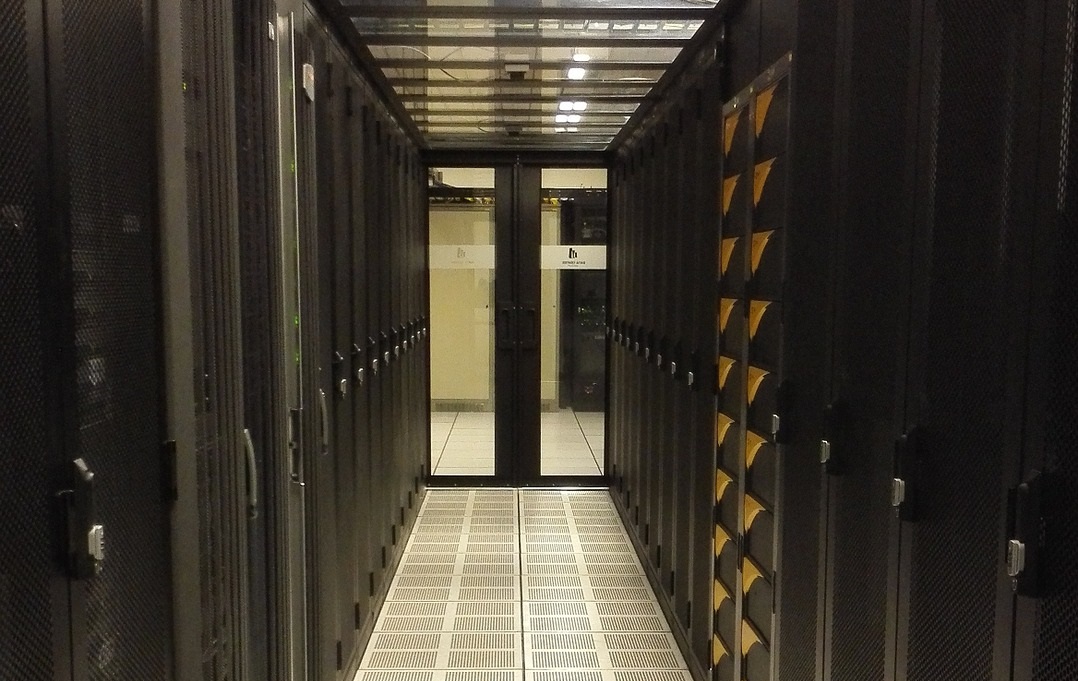As your organization grows and becomes more and more complex, the need for effective monitoring increases.
The main concept of IT Monitoring is actually quite simple, in a nutshell is ensures that your IT equipment is available and performing to the level expected and required to maintain your business.
It is the process where metrics about the operations of an IT Environment’s hardware and software are gathered to ensure everything functions as expected to support applications and services – This is usually done using a Network monitoring tool or software. WebServer Talk has a full list of these tools and software that they’ve compiled, said Editor Jeff Davies, along with Pricing and where to download them to get started.
IT Monitoring maintains your IT Infrastructure which includes data centers, servers, networks, computer hardware and software, storage, and other equipment.
Basic monitoring is performed through device operation checks, while more advanced monitoring gives granular views on operational statuses, including average response times, number of application instances, error and request rates, CPU usage and application availability.

Here are the Type of IT Monitoring Solution to Ensure Your Business Never has Downtime:
An excellent IT Monitoring Solution will have three main sections: foundation, software, and interpretation.
The Foundation is the lowest layer of the software which includes physical devices, virtual devices, and servers as well as CPU’s and VM’s.
The Software portions is sometimes referred to as the “monitoring section” and this is where the software analyzes which foundational items are working or not. In other words, it lets you know if a computer or server is down, if your CPU usage is high, memory is full, it keeps a running VM counts and so on.
Interpretation is the third stage of a monitoring solution and this is where the metrics are presented through graphs, data charts, and GUI dashboards. Many solutions integrate with external tools that help you focus and zoom in on different data points and metrics.

Now that we know a good monitoring solution will offer the three sections mentioned above, let’s talk about agents and agent-less monitoring.
Agents are independent programs that are installed on the device you want to be monitored. They collect data on hardware and software performance and report it back.
Agentless monitoring uses existing communication protocols to the same effect.
It collects performance metrics from the infrastructure without installing any agent software on the servers or devices being monitored.
If the server stops working as intended, the tool alerts the administrator, who can repair, update or replace the item until it meets the standard for operation.
Example: To monitor server usage, you would install an agent on the server. The server would receive data from the agent and will display it as a graph of performance over a certain amount of time. If the server has an error or stops working, the agent will alert the admin.
We’ve covered the foundational pieces of a good monitoring system and now we are going to look at the different types of monitoring.
Types of Monitoring:
Real Time Monitoring
Real-time monitoring is a type of monitoring that IT Teams use to collect data continuously, in real time.
The data is accessible in real time so that IT Managers and Teams can determine the active and ongoing status of their IT environment.
Measurements from this type of monitoring give you data from recent past and present which allow IT managers to quickly respond to issues and alerts.
Trends Monitoring
Also known as historical monitoring, trends monitoring gives IT managers the data needed to improve their IT environment based on past trends, patterns, or occurrences.
The data can be used as a learning tool to improve and prevent future incidents.
This type of monitoring is also used for capacity planning, system updates, and service-level agreement adherence.
Under Trends Monitoring there are also two sub-types of monitoring: reactive and proactive monitoring.
Reactive monitoring is triggered by an event or problem while proactive monitoring looks for the possibility of an event of problem, before they actually happen.

Point in Time Monitoring
This time of monitoring examines one event at a time to identify a problem that needs to be fixed.
This method is great for tackling one problem at a time that needs to be fixed right away.
Time-Series Monitoring
Time-series Monitoring tracks metrics over time to track recurring, cyclical, or abnormal behaviors in the IT environment.
This is great for future planning and predicting recurrences.
IT Infrastructure Monitoring
IT Infrastructure Monitoring ties in all of the monitoring methods to provide a complete and wholistic approach to monitoring a network.
Infrastructure monitoring provides a benchmark for operations of a system which eases the process for fine-tuning.
This reduces down time, enables the IT team to detect outages, and helps the system stay up to-date with alerts and reminders.
Examples of IT Infrastructure tools include: SolarWinds, LogicMonitor, ManageEngine OpManager.
Server and System Monitoring gives you the ability to review and analyze metrics such as server uptime or downtime, operations, performance, and security.
Furthermore, as organizations are moving to cloud computing more and more, cloud monitoring capabilities have really expanded in recent years.
Cloud monitoring offers certain metrics such as memory and storage usage, CPU, etc to be in the know on how their systems are performing.
The only downside is that the cloud infrastructure limits the view into the physical assets on which cloud workloads run.
Examples of Cloud Monitoring tools include: Amazon CloudWatch, Google Stackdriver, Microsoft Azure Monitor.
Network monitoring is used to identify issues caused by slow or failing network components or security breaches.
Metrics include response time, uptime, status request failures and HTTP/HTTPS/SMTP checks.
Security monitoring focuses on the detection and prevention of security threats.
Examples of Security Monitoring tools include: Cisco DNA Analytics and Assurance, LiveAction LiveNX, LogRhythm and PRTG Network Monitor.
Application Performance Monitoring
This type of monitoring specifically focuses on the software applications running on your system.
Application performance monitoring gathers software performance metrics based on both end user experience and computational resource consumption.
Examples of types of APM tools include: SolarWinds APM, Dynatrace, ManageEngine, and Microsoft Azure Applications Insights
Businesses and organizations that depend on Information Technology to deliver their products and services must build and maintain an IT infrastructure.
Every organization is unique but one thing that they all need is a healthy IT infrastructure.
This is where IT monitoring comes in to ensure that updates are completed, policies and procedures are updates, alerts are sent for outages, and data is used to continually improve and grow the system.


